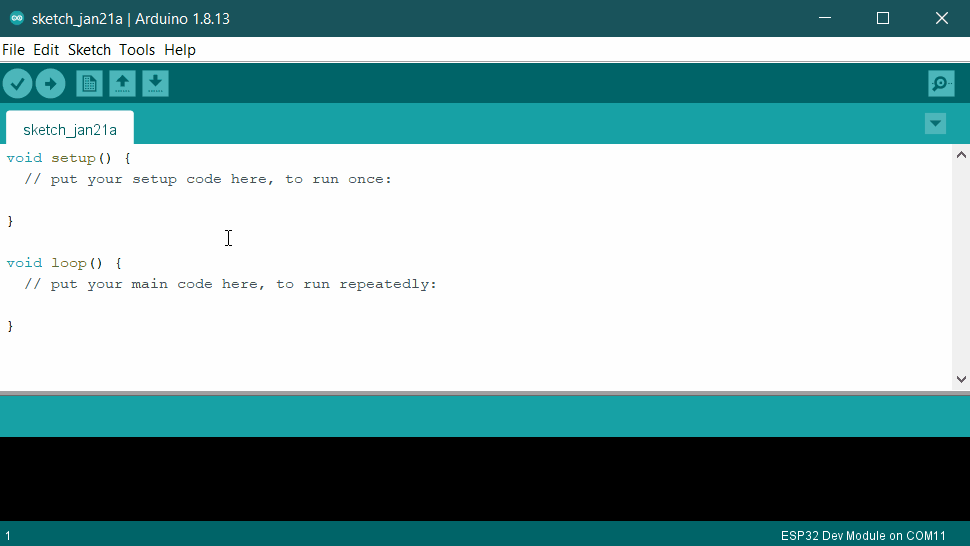Totem modules
A list of Totem products controllable with Totem Arduino library.
Totem Library headers
// Control over Bluetooth
#include <TotemBLE.h> // Discover Totem boards (scan)
#include <TotemMiniControlBoard.h> // Connect Mini Control Board
#include <TotemRoboBoardX3.h> // Connect RoboBoard X3
#include <TotemRoboBoardX4.h> // Connect RoboBoard X4
// Control over Serial
#include <TotemLabBoard.h> // Interface Mini Lab
-
Bluetooth boards
Boards featuring remote control option over Bluetooth.
-
Mini Lab
Monitor and control Mini Lab from TotemDuino over Serial.
-
X4 TBUS modules
Control RoboBoard X4 extension modules over TBUS.
Install library
This functionality requires Totem Arduino library. Install it before using in a project.
- Select
Sketch→Include Library→Manage libraries.. - In search field type in
totem. - Click Install and wait for it to complete.
- Close Library Manager window.
